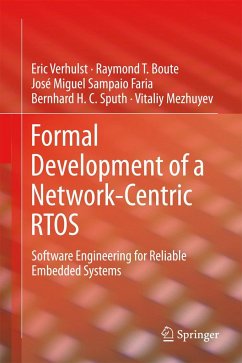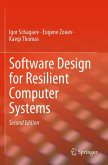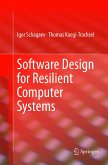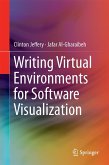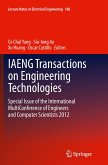Many systems, devices and appliances used routinely in everyday life, ranging from cell phones to cars, contain significant amounts of software that is not directly visible to the user and is therefore called "embedded". For coordinating the various software components and allowing them to communicate with each other, support software is needed, called an operating system (OS). Because embedded software must function in real time (RT), a RTOS is needed. This book describes a formally developed, network-centric Real-Time Operating System, OpenComRTOS. One of the first in its kind, OpenComRTOS was originally developed to verify the usefulness of formal methods in the context of embedded software engineering. Using the formal methods described in this book produces results that are more reliable while delivering higher performance. The result is a unique real-time concurrent programming system that supports heterogeneous systems with just 5 Kbytes/node. It is compatible with safety related engineering standards, such as IEC61508.
This book describes a formally developed, network-centric Real-Time Operating System, OpenComRTOS. One of the first in its kind, OpenComRTOS was originally developed to verify the usefulness of formal methods in the context of embedded software engineering.
Using the formal methods described in this book produces results that are more reliable and higher performance. This methodology is unique because it covers the full range of product development, from requirements and specifications to the final execution platform. It is compatible with safety related engineering standards, such as IEC61508.
Uses formal methods to develop Network-centric Real-time Operating SystemsUnified Semantics provides a solid base for model driven systems development and can be tuned to an application-specific, concurrent programming paradigmMethods presented enable model-driven, high-reliability, high-performance software & systems engineeringCompatible with International Electrotechnical Commission (IEC) 61508, the standard governing functional safety of programmable electronic systems.
This book describes a formally developed, network-centric Real-Time Operating System, OpenComRTOS. One of the first in its kind, OpenComRTOS was originally developed to verify the usefulness of formal methods in the context of embedded software engineering.
Using the formal methods described in this book produces results that are more reliable and higher performance. This methodology is unique because it covers the full range of product development, from requirements and specifications to the final execution platform. It is compatible with safety related engineering standards, such as IEC61508.
Uses formal methods to develop Network-centric Real-time Operating SystemsUnified Semantics provides a solid base for model driven systems development and can be tuned to an application-specific, concurrent programming paradigmMethods presented enable model-driven, high-reliability, high-performance software & systems engineeringCompatible with International Electrotechnical Commission (IEC) 61508, the standard governing functional safety of programmable electronic systems.

